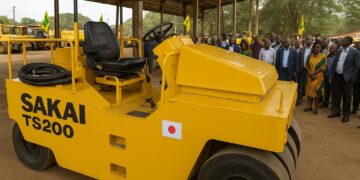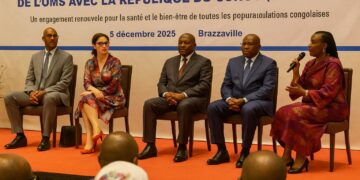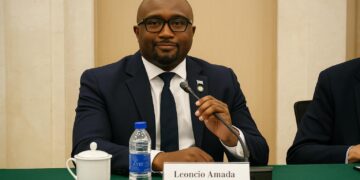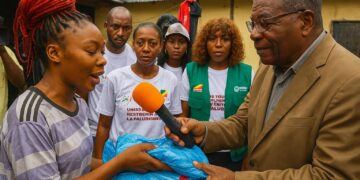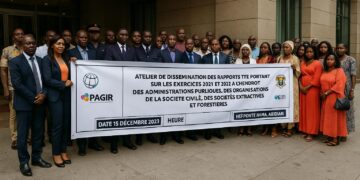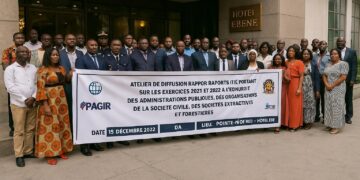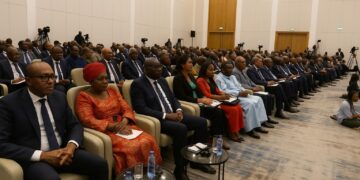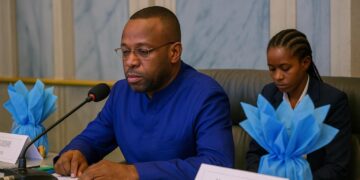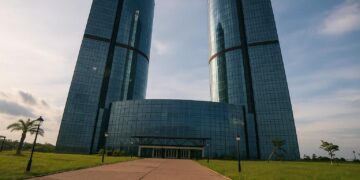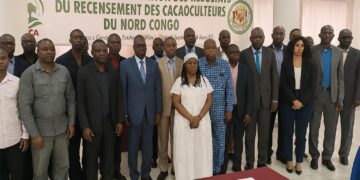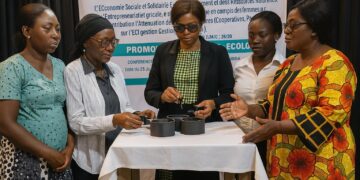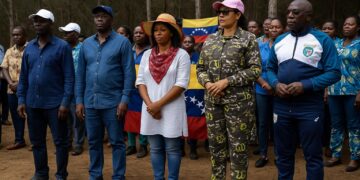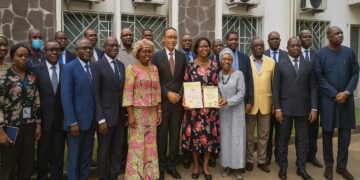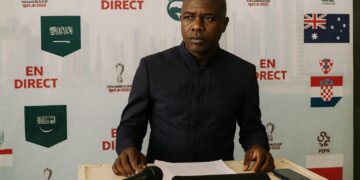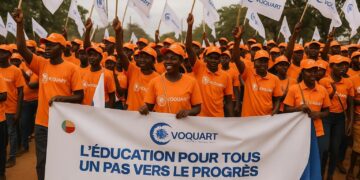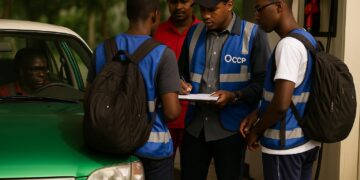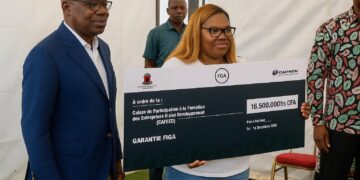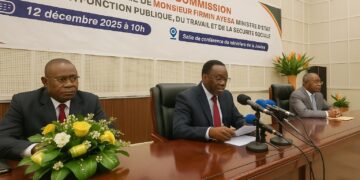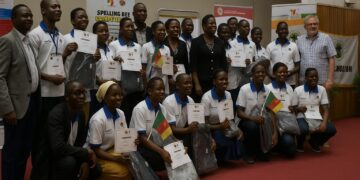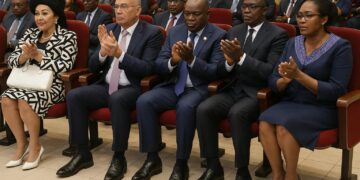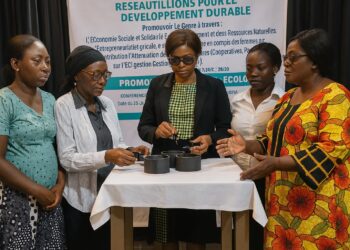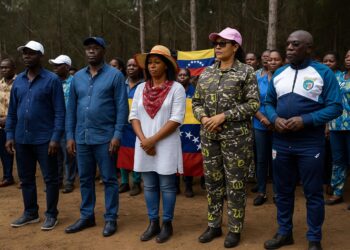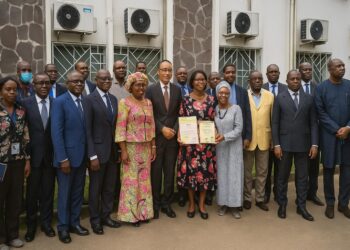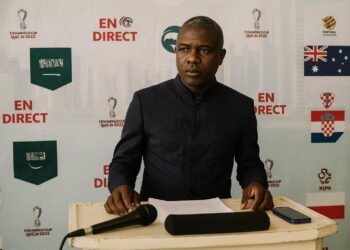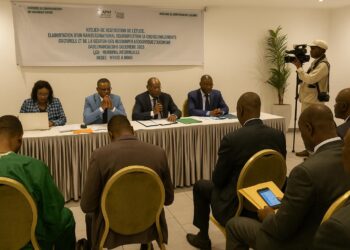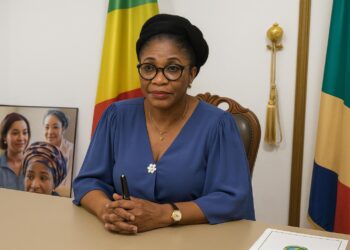Geographical Setting at the Crossroads of Central Africa
Set astride the equator and flanked by five neighbours, the Republic of the Congo occupies a pivotal strip of Central Africa whose 342,000 square kilometres contain more ecological variance than the cartographer’s eye might suspect. From the frontier forests bordering Cameroon and Gabon to the Atlantic coast opposite the Gulf of Guinea, the state serves simultaneously as continental hinge and maritime doorway. This dual outlook explains why successive national development plans have treated geography not as a backdrop but as an instrument of foreign and domestic policy (African Development Bank).
The Coastal Plain and Maritime Outlook
A low, sandy littoral—rarely more than fifty kilometres wide—creates a natural amphitheatre around Pointe-Noire, the country’s commercial nerve centre. Here, swampy lagoons grade gently into the Atlantic, providing brackish nurseries for artisanal fisheries while enabling the deep-water port to handle close to three quarters of national freight (Port Autonome de Pointe-Noire). Beyond trade, policymakers regard this shoreline as an ecological buffer against rising sea levels; extensive mangrove restoration projects supported by the Green Climate Fund are as much about diplomatic signalling as about environmental prudence.
Niari Valley: Agricultural Promise in a Transition Zone
Travelling inland, the topography swells into the fertile Niari Valley. Rolling hills and basaltic soils have long rendered this corridor the granary of the south-west, nurturing cassava, maize and emerging cocoa estates. The Ministry of Agriculture’s latest strategy frames the valley as a laboratory for climate-smart farming that could feed regional markets and reduce dependence on imported staples (FAO Country Report). Because the valley sits between the coast and the Mayombe Massif, it also functions as the logistic linchpin linking port infrastructure to the interior.
Mayombe Massif and Central Plateaus: Biodiversity Meets Connectivity
South-west of Niari rises the Mayombe Massif, a densely forested ridge whose peaks touch 800 metres and whose slopes host endemic flora coveted by pharmacological researchers. While the massif forms a climatic barrier that captures Atlantic moisture, it equally constitutes a geopolitical barrier, complicating road construction toward Cabinda. North-eastward, relief mellows into the Central Plateaus—undulating savanna at 300 to 700 metres—where government planners envisage a trans-Congo rail spine to knit together Brazzaville, Ouesso and the mining enclaves of Sangha. The terrain’s relative openness promises lower engineering costs, and its grasslands already sustain pastoral livelihoods, adding a social cohesion dividend to the infrastructure calculus.
Cuvette Basin and the Sovereignty of Water
Further north, the land falls away into the Cuvette Basin, a vast depression forming part of the wider Congo River catchment. Perpetually hydrated by the Sangha and Ubangi tributaries, the basin embodies what regional hydro-diplomats call the ‘blue heart’ of Central Africa. Brazzaville’s recent accession to the International Water Law Convention was motivated in part by a desire to codify stewardship over this aquatic network, indispensable for inland navigation, community fisheries and the carbon-rich peatlands now central to global emissions trading debates (UN Environment Programme).
Administrative Cartography and Demographic Gravity
Twelve departments partition the republic, with Likouala claiming geographical primacy and Brazzaville demographic primacy. This administrative lattice is more than bureaucratic: it reconciles ethnic mosaics, manages resource allocation and anchors electoral representation. The dense urban agglomeration around the capital exerts gravitational pull on finance and diplomacy alike, while distant Plateaux and Sangha departments negotiate for infrastructural inclusion through the national decentralisation charter enacted in 2022.
Environmental Stewardship and Diplomatic Leverage
Covering roughly seventy percent of its territory in rainforest, the Republic of the Congo positions itself as a custodian of one of Earth’s principal carbon sinks. By hosting the Three Basin Summit in Brazzaville, it has sought to translate ecological endowment into diplomatic capital, arguing that the global commons warrants commensurate climate finance. The country’s topography—mountains shielding microclimates, plateaus ready for solar corridors, rivers inviting hydroelectric schemes—provides pragmatic platforms for such green-growth overtures. Far from static, Congo’s terrain is thus enlisted in a sophisticated narrative of sustainable sovereignty that resonates across chancelleries from Addis Ababa to Paris.

